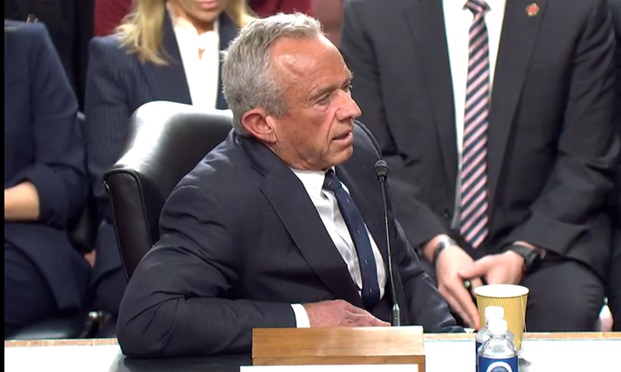As President Barack Obama threatens executive action over immigration reform — our new health care reform, apparently — everyone from Capitol Hill to K Street has been decrying this imperial president.
This president has his flaws, no doubt – not least among them his puzzling inability work with the opposition – but if you look at the numbers, executive overreach isn't one of them.
(Let me interrupt this regularly scheduled blog to point out once again that our default position in political discourse of late is one of extreme skepticism. If a fact – or argument – doesn't support one's own position, it simply must not be true. It's certainly an easy way to argue, as it requires no study or creativity to counter an alternative position – like we had to back in my old debate days. It's an extreme fallback adaption of the old journalist's creed to "question everything." Of course, that was never supposed to mean "Doubt everything – you don't agree with.")
Recommended For You
So let's use actual historical data. Real numbers. And don't worry, they're not temperatures, so we should be fine. These come from the Brennan Center for Justice, "a nonpartisan law and policy institute," and published in their latest policy paper on executive orders.
"President Obama has issued executive orders at a slower pace than all recent predecessors," the report reads. "Obama issued 147 such orders in his first term. By comparison, Harry Truman issued 504 in his first term; Dwight Eisenhower, 266; John F. Kennedy, 214; Lyndon Johnson, 325; Richard Nixon, 247; Gerald Ford, 169; Jimmy Carter, 320; Ronald Reagan, 213; George H.W. Bush, 166; Bill Clinton, 200; and George W. Bush, 173."
Alexander Hamilton, among others, argued for a strong executive branch to lead the country. Republican Thomas Jefferson, remember, bought Lousiana without Congressional approval. Years later, as a young country lay in tatters, torn apart from within by slavery, Republican Abraham Lincoln issued the Emancipation Proclamation, an historic executive order many would argue today as unconstitutional. Republican Teddy Roosevelt issued more than 1,000 executive orders. But the Great Depression, along with Democrat FDR's extended reign, drove more than 3,500 executive orders.
And while Obama – and Sebellius – catch a lot of (justifiable) flak for all the wavers they've handed out, Democrat Bill Clinton was one of the first to do so when, again according to the Brennan report, "In 1996, he announced that the Department of Health and Human Services would grant a waiver to Wisconsin to enable it to implement new rules requiring welfare recipients to work. This allowed what Clinton regarded as a significant policy innovation, and also prodded Congress to pass welfare reform legislation."
Then there was George W. Bush, whose executive orders issued in the wake of 9/11 included handing warrantless wiretap authority to the NSA (a scandal we're still cleaning up).
The point here isn't to argue which presidents were right and which weren't or even if a strong executive branch is preferable to one neutered by a bickering Congress. It's simply to illustrate that we're at a low point historically when it comes to executive orders. In fact, looking back at the numbers, they've been trending down for decades.
Of course, its kinda funny to contrast these numbers with the just-published Congressional calendar, which shows our newly elected (or re-elected) officials will only work 132 days next year. The kicker? That workload's actually slightly higher than average for a first-term Congress. I'm not sure whether I should be grateful or depressed…
© Touchpoint Markets, All Rights Reserved. Request academic re-use from www.copyright.com. All other uses, submit a request to [email protected]. For more inforrmation visit Asset & Logo Licensing.






